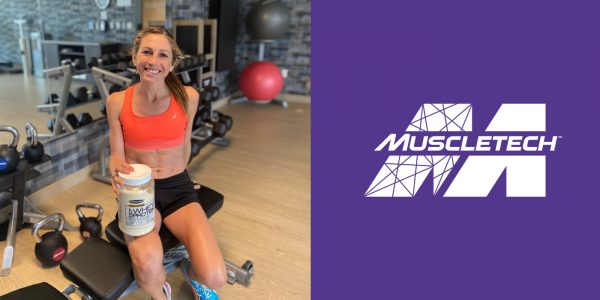One of the biggest and most debated concepts in all of lifting is how one can both build muscle and lose fat at the same time. Fortunately, body recomposition is not a myth, and you are fully capable of achieving both simultaneously. However, the degree to which you are able to is determined by multiple factors such as training experience and current body fat percentage.
ARE YOU EXPERIENCED?
When it comes to training experience, overweight and out of shape beginners, those who have returned to weightlifting after a layoff, and those who have been eating and training incorrectly for a long period of time before switching to a solid program are the ones who will see the quickest results in muscle gained and fat lost simultaneously. The more experienced lifter you are, the slower the changes in body composition.
Why do many think body recomposition is impossible? When it comes to losing body fat, our body needs to be in a caloric deficit, whereas for muscle gain, our body needs to be in a caloric surplus. Thus, the primary goals oppose each other. This is why finding that balance between the two becomes difficult to ensure you are maintaining/gaining muscle while you lose body fat.
RECOMPOSITION BASICS
1. DIET AND MACROS
In terms of your diet, a moderate caloric deficit seems to work best. Aiming for a 20% to 25% caloric deficit allows your body to lose stored body fat quickly while still preserving muscle. As a rough guideline, you can aim to get in 1.2g of protein per pound of body weight, 1g of carbohydrates per pound of body weight and 0.2g of fat per pound of body weight. Aim to make healthy choices here when it comes to the foods you eat to hit these macros – you’ll need plenty of micronutrients to help fuel muscle and strength adaptations.
2. TRAINING
When it comes to your training styles, you want to ensure you are incorporating heavy compound lifts, such as your deadlifts, squats and bench press. These compound lifts, with a moderate workload volume, will help maximize your muscle and strength gains. Progressive overload is the key here – you need to continue to place your muscles under heavier loads, so they’re forced to adapt to get bigger and stronger.
What about cardio? Simply put, HIIT is your absolute best option as it has been proven to be far superior than other forms of cardio for burning fat and preserving muscle. Stay away from those hours upon hours of steady state cardio that can ultimately cause muscle loss, and instead, opt for 1 to 2 hours of HIIT training per week.
3. SLEEP
One of the simpler lifestyle habits you can change that will have a dramatic impact on body recomposition is sleep. When the duration and quality of your sleep suffers, so does your ability to build muscle and lose body fat. When your sleep is limited, your natural testosterone and growth hormone levels, which are vital to maintaining muscle and burning fat, are reduced. This lack of sleep can also raise free cortisol levels, which will also negatively impact muscle growth. Studies have shown that we should aim to get 7 to 9 hours of sleep per night to avoid the effects of sleep deprivation.
4. PROTEIN
Many athletes tend to lose muscle while dieting to lose fat, because they can’t synthesize enough proteins to balance production with degradation rates while they’re in a caloric deficit. Building muscle while in a calorie deficit requires protein synthesis rates to be very high and protein breakdown rates to be very low. This can be achieved by signaling mTOR. The mTOR (the mammalian/mechanistic target of rapamycin) is a protein kinase that is found in the multi-protein complex called mTORC1, and it plays a fundamental role in the regulation of muscle mass. Quite simply, mTOR is the master regulator of protein synthesis – and when activated, it can turn up or increase protein synthesis.
Ensure you consume plenty of high biological value proteins that are rich in leucine to keep protein synthesis rates as high as possible.
CONCLUSION
As you can see, the idea of adding muscle while losing fat is no myth. There are no secrets, no tricks, and no mysterious mathematical formulas. As long as you are able to maintain a moderate caloric deficit, incorporate heavy compound lifts, include HIIT training, keep protein synthesis high and sleep, you can ensure that your body has everything it needs to both build muscle and lose body fat simultaneously.
BY MATT FERRO
MUSCLETECH AMBASSADOR








